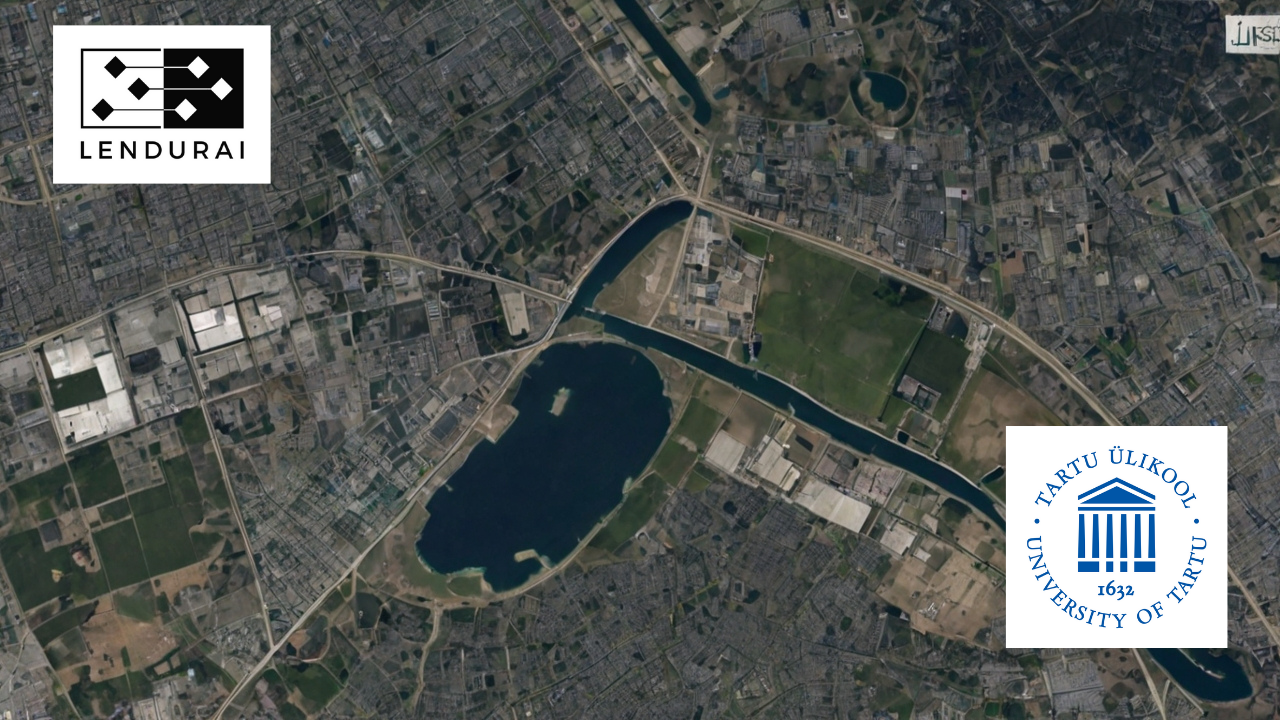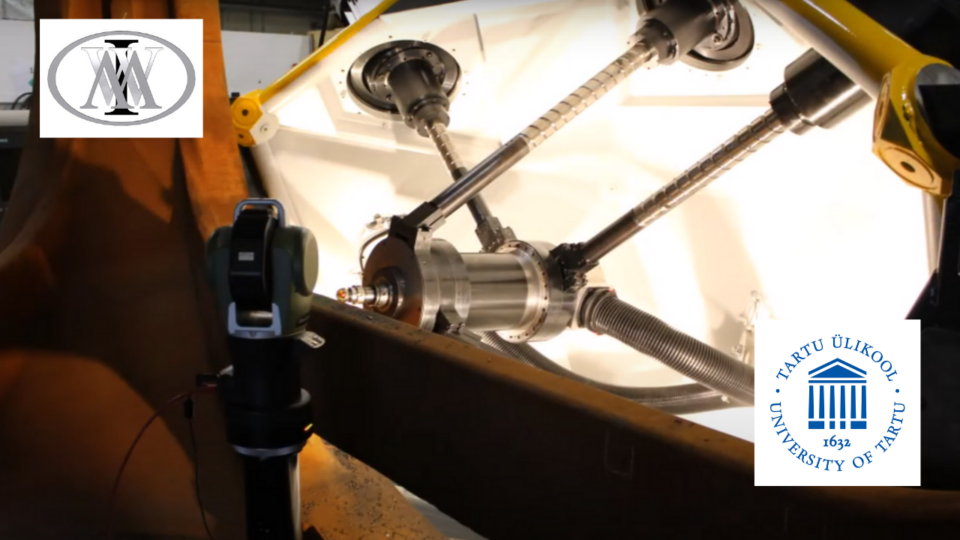2024: Testing of efficient AI models for cost reduction of drone navigation modules
Navigation without using GPS is important both in military and civilian context. The off-the-shelf solutions by existing companies are expensive and complicated. In this project a concept for a cheaper GPS-free navigation solution was proposed. This combines a relative positioning (visual-inertial odometry) with absolute positioning (matching drone camera image features with map features using neural networks). A prototype positioning module was created and its sensors were validated with test flights. The testing results were promising and gave motivation to continue development. Cheap and efficient navigation module for GPS-denied zones is of critical importance to move from human-guided FPV drones to fully autonomous drones.





